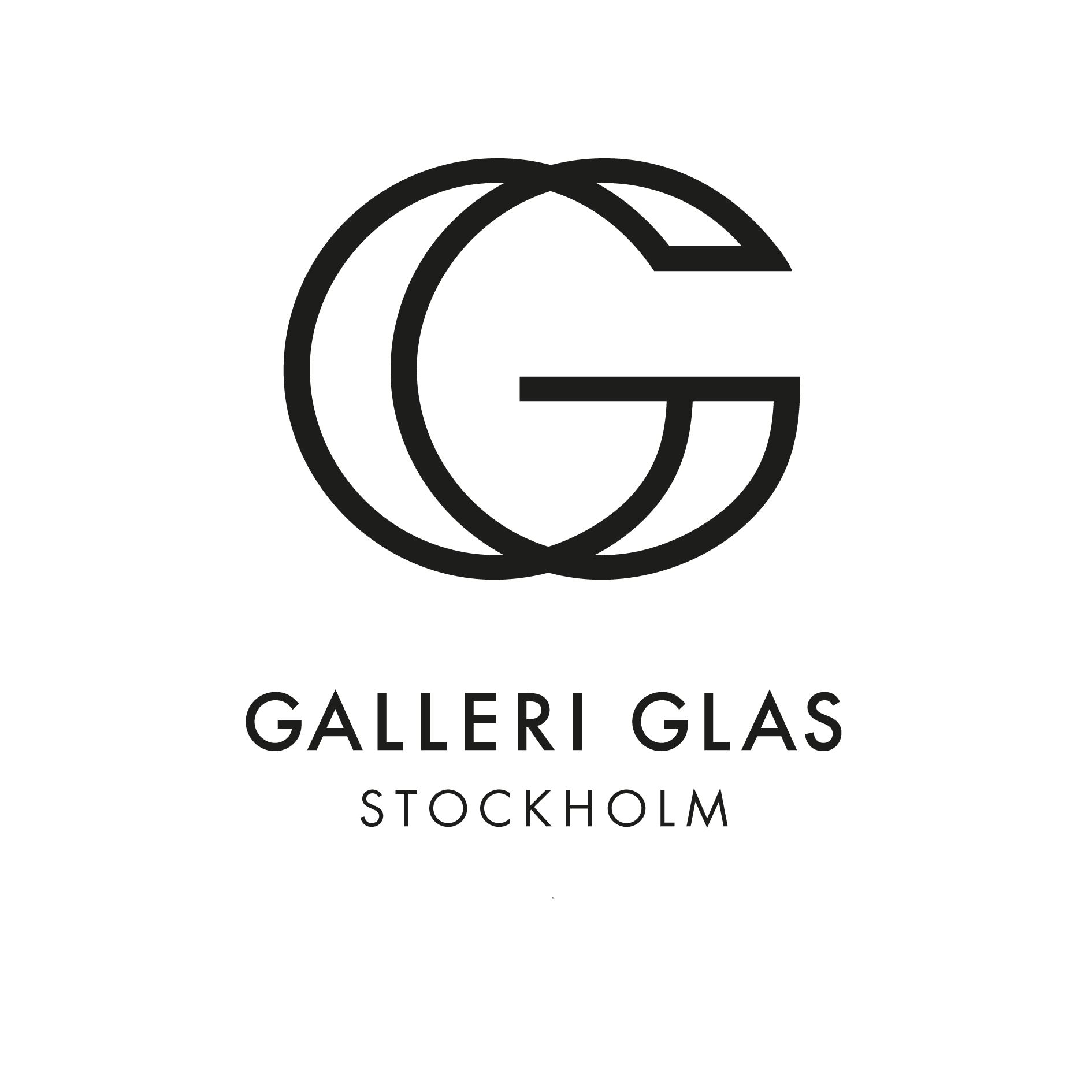The works included in Lena Granefelt’s A Linnean Collection literally illuminate the Enlightenment period. Thanks to her photographic technique with which she brings visibility to the delicate, almost transparent, specimen sheets of the herbarium that Linnaeus’collection of plants are mounted on, she sheds new light on the specimens, the plants and the notes contributed by generations of scientists from Linnaeus’ day up until our own time. Lena Granefelt’s photographic technique brings visibility to formerly unknown graphic details like veins of plants and watermarks on paper. Many of the notes on the back of the type specimen now appear together with growth and structure in the 18th century paper, providing us with an alternative way to regard “attempts” by the Enlightenment to create order in the myriads of data and the chaos that the numerous expeditions of the time gave rise to.
What was Linnaeus actually like as a person? Can we understand him better too?
In the Netherlands it was popular to decorate the specimen sheets with printed paper urns and this is what George Clifford III did. He was manager of the Dutch East India Company and owner of the extensive gardens of Hartekamp where Linnaeus visited him, remaining there for a couple of years. The specimen sheets that Linnaeus took with him to Uppsala, seemingly without any sense of nostalgia but with a good measure of pragmatism, he altered to fit within his own herbarium.
Surely Linnaeus’ own signature suggests a degree of haste and impatience? Did he sense that there was not sufficient time to catalogue and describe all the numerous species that surrounded him? Did he sense that the diversity of species was so much greater than the 40 000 types that he believed to exist, of which he had catalogued more than 12 000? Perhaps he realized that he would never finish his task? Somewhere he noted that he could not believe that the beauty of the earth would remain if just one single species disappeared from its surface. It is surely not too bold a surmise that Linnaeus would have been appalled if he had known about the threat to biological diversity that the future, and in point of fact his own time, carried in his bosom.
After Linnaeus’ death, his herbarium was sold to James Smith in London. He was the founder of The Linnean Society, a learned society that was formed to promote collecting natural phenomena.
The sale was regarded as a scandal and a serious loss for Sweden but the sale of Linnaeus’ herbarium was beneficial to science with access to the collection by means of the Linnaean Herbarium of London.
The Linnaean Collection in London is by far the most important natural history collection in that many of the specimens named for publication by Linnaeus are preserved in the collection.
Today the type specimens serve as references for the names that scientists give to plants and animals. Thus his 18th century herbarium is as important to science today as it was then, not least in the light of climate change, the loss of biological diversity and the spread of environmental toxins. But the collection is also a child of its time. Linnaeus and other scientists in the period of the Enlightenment sought to understand the world from an innovative, rational and scientific point of view. Linnaeus’ specimen sheets can be regarded as windows into the enlightenment’s attempt at structuring a highly perplexing world.
Lena Granefelt has undertaken a serious, well documented project involving the largest two preserved Linnean herbaria: The Museum of Natural History in Stockholm and the Linnean Society in London. The specimen sheets that remain in Stockholm are presents from Linnaeus to his pupils and colleagues, his son’s herbarium and plants from his own garden in Uppsala.
In the case of Linnaeus his sense of wonder at the natural world relied on both his religious sense, and his fascination with diversity and beauty from the largest of mammals to the minutest of insects.
And, surely, this beauty is preserved in the pressed plants too?


